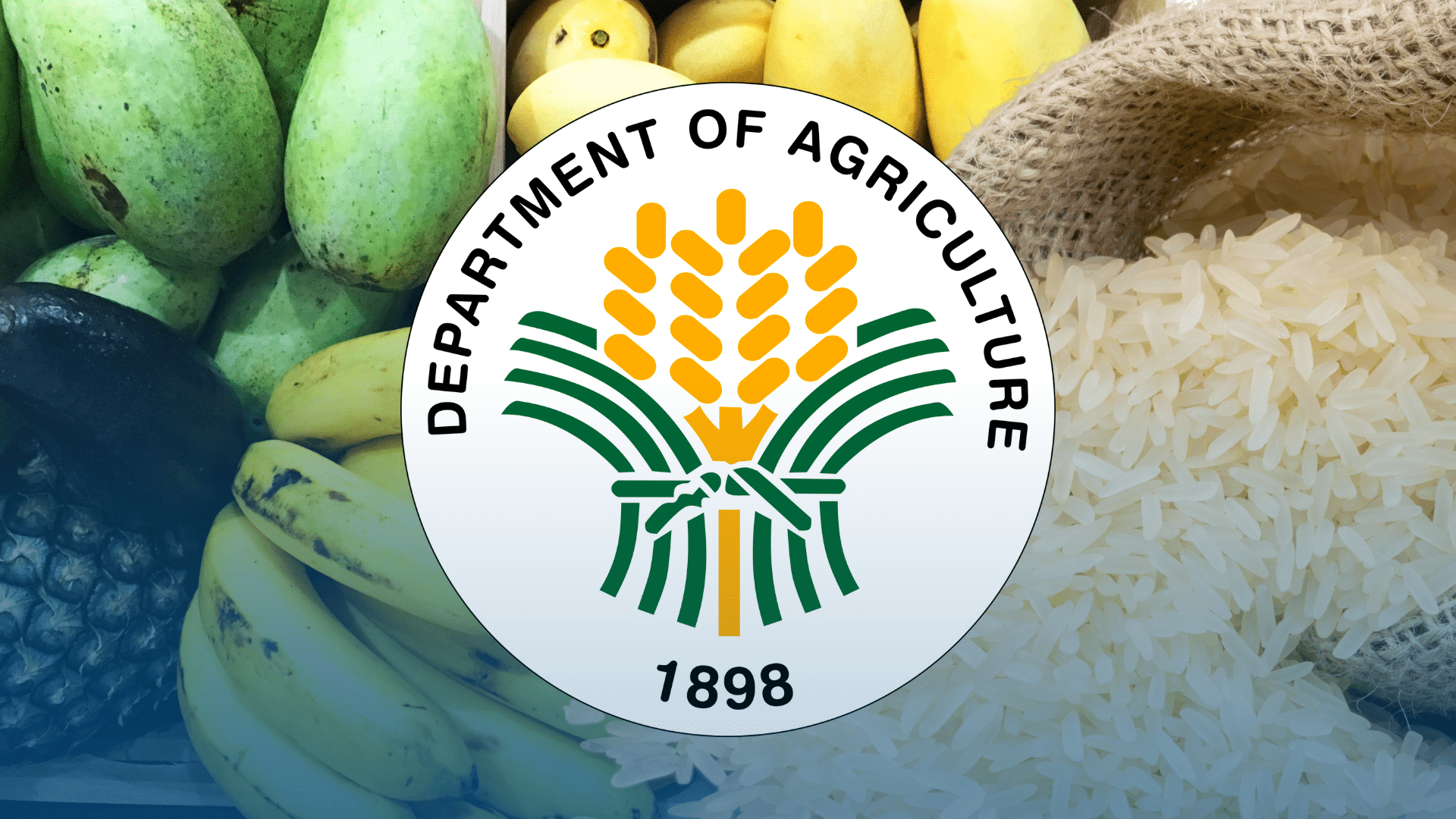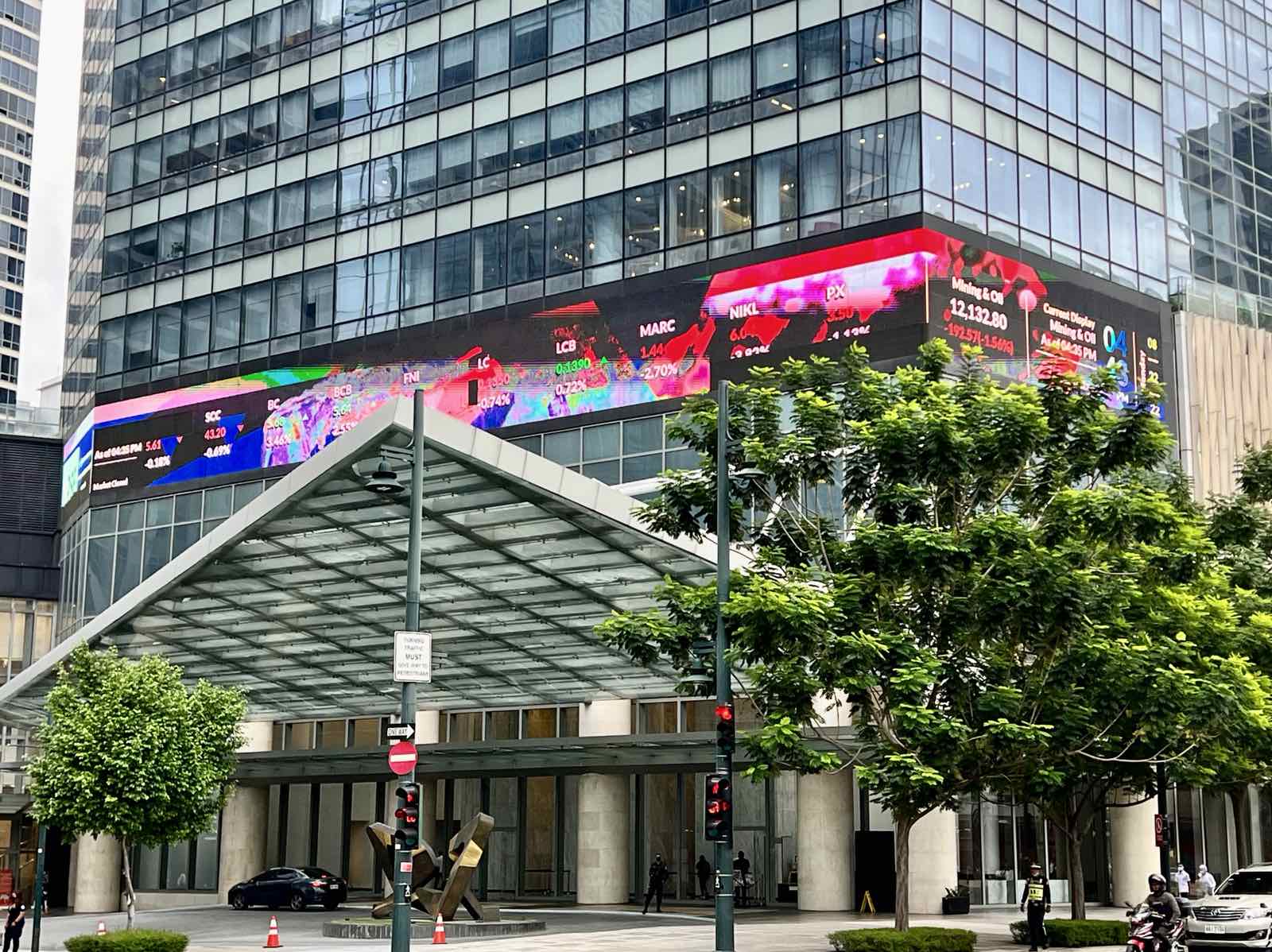
THE Agriculture Department will seek a review of a Palace directive that slashed rice tariffs should local market prices drop beyond P42 per kilo.
Executive Order (EO) 62, signed by President Ferdinand Marcos Jr. just last week, cut the import duty on rice to 15 percent from an already-lowered 35 percent up to 2028 in a bid to keep inflation under control.
Instead of the usual 30-day effectivity period that will apply to other tariff program changes under EO 62, the rice tariff cuts will be fast-tracked to next week.
Socioeconomic Planning Secretary Arsenio Balisacan earlier this month said that the government was hopeful that the move would lead to rice prices dropping to P29 per kilo, at least for the poor, via the tariff cuts and subsidies.
Based on the Agriculture Department's latest monitoring report, retail prices of rice were ranging from P48 to as high as P60 per kilo in Metro Manila markets.
Bringing prices down to P42-P45/kilo will already be a big deal, Agriculture Secretary Francisco Tiu Laurel Jr. said on Tuesday at a forum hosted by the Philippine Chamber of Commerce and Industry.
He added, however, that further declines would prompt the Agriculture Department to push for a review of EO 62.
"If it's (the price drop) just a little, maybe not yet. But then, of course, we're not saying that we will just neglect the farmers," Tiu Laurel said.
He noted that Marcos wants to protect farmers from the impact of the tariff cut while also providing benefits to consumers.
EO 62, he pointed out, calls for a review of the revised tariffs every four months, which means that an adjustment could be ordered in November.
Minimal impact
In a related development, the rice tariff cuts set to take effect next week will only have a minimal impact on inflation, a senior Bangko Sentral ng Pilipinas (BSP) official said.
"Our internal estimate is about 0.27 percentage point over a 12-month period," BSP Senior Assistant Governor Iluminada Sicat told reporters at the sidelines of a Manila Times economic forum last week.
However, with the tariff cuts to take effect next month, "you won't get the full impact of the 0.27 percentage points," she pointed out.
Inflation has been rising for the last four months, hitting 3.9 percent — near the upper end of the BSP's 2.0- to 4.0-percent target — in May. Rising food prices, particularly for rice, have been tagged as a primary factor.
The impact of the rice tariff cut is expected to be considered by the BSP's policymaking Monetary Board when it meets this Thursday.
When it last met in May, prior to the announcement of the lower rice tariffs, the Monetary Board lowered its risk-adjusted forecast for 2024 inflation to 3.8 percent from 4.0 percent.
Rizal Commercial Banking Corp. chief economist Michael Ricafort, meanwhile, said the 15-percent rice tariff would result in a 20-percent price reduction for imported rice, which accounts approximately 20 percent of the total rice supply in the country.
As rice makes up nearly 9.0 percent of the consumer price index basket, imported rice represents close to 1.8 percent, he added.
"Lower imported rice tariffs would help reduce headline inflation by about 0.36 ppt, on a standalone basis, but more if locally produced rice prices go down as a result of lower prices and tariffs on imported rice," Ricafort said.
"Thus, average inflation toward 3.0 percent is becoming more feasible, going forward."
Read The Rest at :




